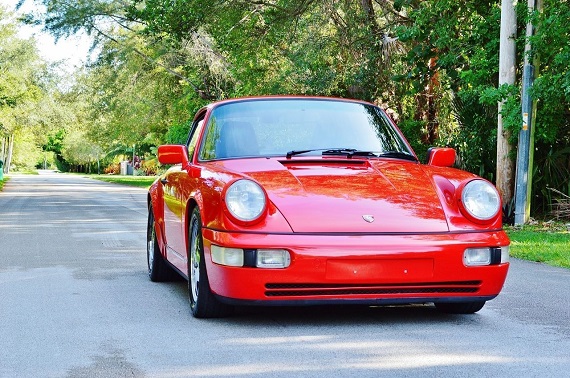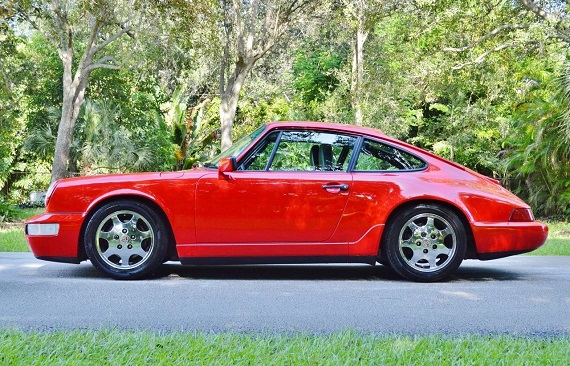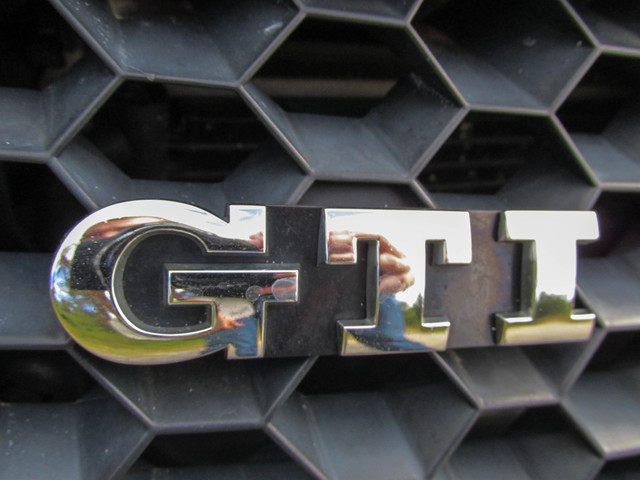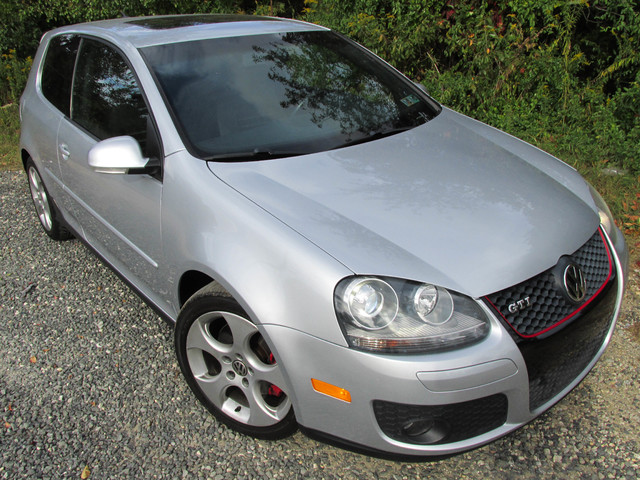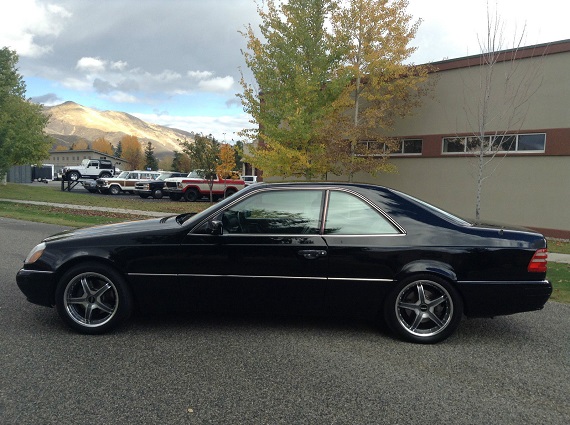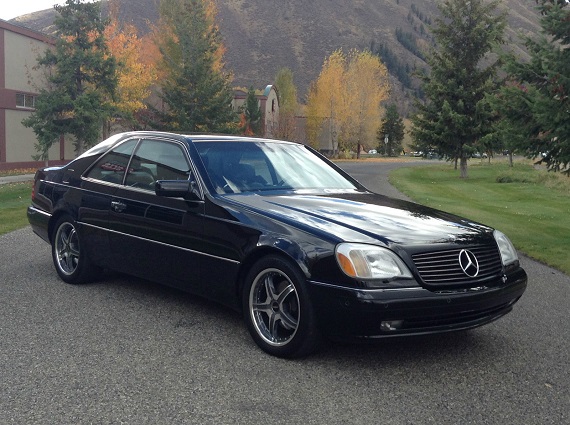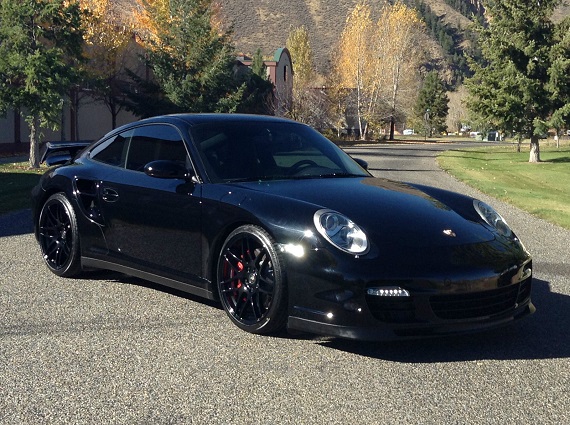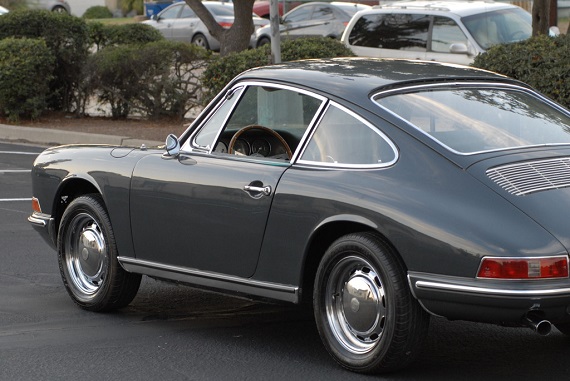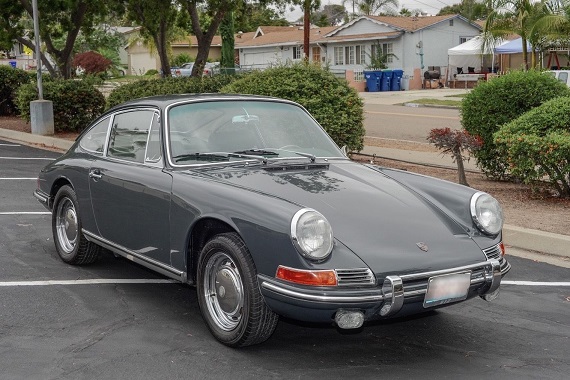There was a lot going on in 1989 for Porsche and its 911. The model itself was simultaneously celebrating its 25th anniversary while also being whisked off into the sunset. That anniversary was commemorated in typical Porsche fashion with a special edition of the 3.2 Carrera. 1989 also saw the 930 finally get fitted with a 5-speed transmission and the Speedster made its return after a 30 year hiatus. In the midst of these movements, Porsche was set to introduce an all-new 911 showcasing its first major redesign in over 15 years, and to even more shifting, they would not only introduce a new design, but an all-new 911 model: the all-wheel drive Carrera 4. I’ve always found this to be a particularly bold and somewhat curious strategy, especially considering that the standard rear-drive Carrera 2 would not debut at the same time. Perhaps it was to save space for the outgoing 3.2 Carrera rather than bringing on its immediate successor. Either way, the 964 was born and though it lead a somewhat short life and itself would be completely redesigned in 1995 it feels as if momentum is now working in its favor and 911 enthusiasts are beginning to appreciate this model to a much greater degree. I count myself amongst that group. The example we have here comes from that introductory year: a Guards Red 1989 Porsche 911 Carrera 4, located in Miami, with 130,800 miles on it.
German Cars For Sale Blog Posts
In many ways, modern executive sedans – especially the top-tier fully loaded examples fit for the Wall Street elite – have become appliances. They ooze of technology, features and exclusivity but to me the designs have all become too similar. On the surface I can tell the difference between the S-Class, the 7-series and the A8, but they’re really birds of a feather with few distinctive differences. In many ways, leveling the playing field between the big three has resulted in a homogeneous market place full of leisure suit wearing, rhinestone-studded Elvis impersonators. Some may be slightly better looking than others, and some may do a great job. But like a Vegas show that’s run its course, would you really want to own one out of the service warranty when the budget conscious construction, mega complicated electrical systems, suspension and drive train items start breaking? ‘Thank you very much!’, but I’d prefer to look to history for a lesson on how to do it right.
I remember well when the W140 Mercedes-Benz launched. It was a big deal back then, because as they have always the S-Class models represented the absolute best engineering available. The W140 externally was an evolution of the W124 design more than an update of the W126 in my eyes, though the visual similarities were no surprise as Bruno Sacco was at the pen of all three. While the design wasn’t revolutionary, it did bring Mercedes into the current trend and in its own way is handsome. The W140 also pioneered many electronic systems into the large executive market, including cutting edge ABS and Anti-Slip technology, Xenon headlights and near silent interiors thanks to glazed windows. While Mercedes-Benz continued to offer a large coupe version of the platform, unlike the previous generation the C140 featured a completely revised body that made the large 2-door imposing and impressive. All of this cost – a lot – as Mercedes-Benz engineers racked up a reported 1 billion dollars of development costs. Luckily they managed to retain the pillarless design – one of the best aspects of the coupe. The C140 came in a few different engine configurations; under the hood of this CL500 was the same M119 that had powered the legendary 500E. With over 320 horsepower on tap, the 4-cam V8 was capable of providing and entertaining drive even in the quite heavy W140. This particular CL500 is from the last year of production for the 140 chassis:
CLICK FOR DETAILS: 1999 Mercedes-Benz CL500 on eBay
1 CommentThere was performance revolution that occurred rather quietly in the mid 2000s. You could argue that it was more evolutionary than revolutionary, but giant leaps in performance were seemingly the norm with every single release of a new model. The Audi S8 had 360 horsepower, and that was a lot – until the M5 had 400. Then the S8 had 450, and the M5 countered with 500 – and Mercedes-Benz was right there, too, with its supercharged V8s. These were power figures normally associated with supercars only a generation before. Heck, by the mid 2000s even the lowly Golf GTi had equivalent power to weight ratios with Porsche 911s from the 1980s. Speaking of Porsches, they had gone absolutely bonkers with their power levels. The last 930 had roughly 330 horsepower – still considered quite a lot in the late 80s – and weighed roughly 3,000 lbs. Sure, the subsequent generations got heavier and more complex as they bathed their occupants in every increasing levels of luxury. But then, the power increased too. By the time we got to the 3.6 Turbo S, power was 380. The 993 added a turbo for quicker spool up and went to even heavier all-wheel drive, yet with 400-450 horsepower, they were anything but slow. Power didn’t change much with the 996 at 410-450 horsepower depending on tune, but delivery was refined even more and they were even faster than the previous generation. The 997 kicked it up another notch, now with 470 to over 500 horsepower on tap – the best part of double the original 930, yet with daily driver tractability, modern convenience and all-wheel drive comfort and security. The 911 Turbo was no longer a widow-maker, but a precise surgical instrument of speed wrapped in a velvet glove with a sugary sweet coating for ease of use.
Another interesting trend was that through its transformation, all of the sudden people really started to appreciate the older cars more. The more complicated the 911 became – and it must in the market, you could argue – the more that people longed for the early days. That was especially true when it came to the changeover to the 996. The softening of the once impenetrable 911 Turbo fortress defenses to allow mere mortals to approach the limits of the car pushed many way; it didn’t help that the 996 wasn’t the prettiest thing to come out of Stuttgart, either. That meant that values started dropping and today these 911 Turbos are nothing short of a miraculous deal. For about the same money as a loaded Camry costs you can get into a thoroughbred rocketship. But if it were my money, I’d eye the successor to the 996; for a slight increase in purchase price, you get better performance, more features and most importantly a better looking exterior:
CLICK FOR DETAILS: 2007 Porsche 911 Turbo on eBay
Comments closedFor quite some time now the Porsche 912 has served as the go-to option of the budget-minded Porsche enthusiast – or at least for those who remain attached to the hallmark of rear-engine and rear-drive coupes. Of course, given that the 912 was Porsche’s entry-level model it was natural that it should continue to serve such a function even after its production had ceased. With an appearance nearly identical to that of the 911, the 912 offered the same aesthetics but with sacrifices to performance. With time as the long-hood 911 became more desirable and more highly valued and as modern machinery dwarfed the performance possibilities of even a vintage 911, the performance differences between the 911 and 912 probably didn’t seem hugely significant, especially for those who might have been looking at a 911T. That made the 912 a great option for vintage motoring on a budget. We are beginning to move away from those days. With the air-cooled 911 line becoming increasingly valuable the 912 too has seen its values rise and it has become difficult to find quality examples for budget prices. I guess eventually most good things do end. A 912 still comes in at a pretty good discount over many long-hood 911s, just not as much as they used to be. The example we see here is a short-wheel-base model that looks in very good condition and sits with a very desirable Slate Grey exterior.
